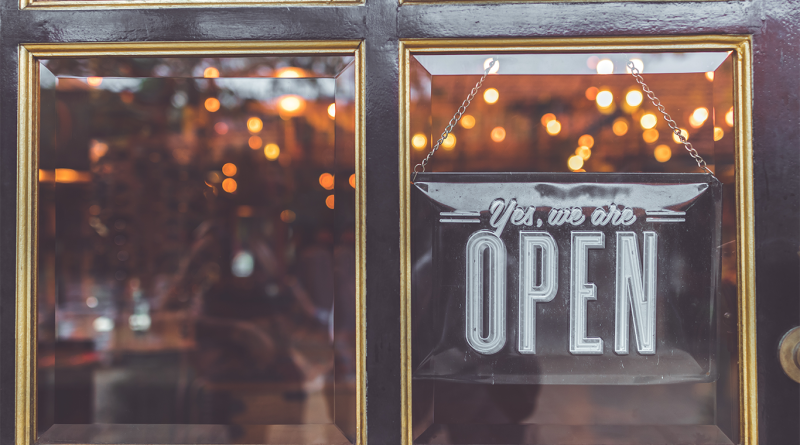The Resurgence of Brick-and-Mortar Stores: 7 Reasons Why Physical Retail Still Matters
In an increasingly digital world, the relevance of brick-and-mortar stores might seem to be dwindling. However, physical retail spaces continue to play a crucial role in the retail ecosystem. Here’s why brick-and-mortar stores remain vital, even in the age of e-commerce.
1. The Power of In-Person Shopping Experiences
Online shopping offers convenience, but nothing quite matches the sensory experience of in-person shopping. Customers can touch, feel, and try products before purchasing, which builds trust and satisfaction. This is particularly important for products like clothing, where fit and fabric texture can significantly impact buying decisions. Additionally, certain industries, such as luxury goods and high-end electronics, rely on in-store experiences to communicate the value and quality of their products.
2. Instant Gratification
While online shopping often involves waiting for deliveries that can range from days to weeks, brick-and-mortar stores provide the immediacy that many customers desire. This is particularly beneficial for last-minute shoppers or those purchasing items that are needed urgently, such as emergency household supplies or special event attire.
3. Building Stronger Customer Relationships
Physical stores offer a level of personal interaction that is difficult to replicate online. Retail associates can provide tailored advice, personalized recommendations, and even upsell complementary products based on real-time feedback. This face-to-face interaction not only improves the shopping experience but also builds long-term customer loyalty. For example, Nordstrom is renowned for its exceptional customer service, which is a key driver of its success in the competitive retail market.
4. Omnichannel Retailing: The Best of Both Worlds
The integration of online and offline shopping experiences, known as omnichannel retailing, allows customers to seamlessly switch between the two. Many retailers now offer options such as ‘buy online, pick up in-store’ (BOPIS) and ‘reserve online, try in-store’. These services cater to the convenience of online shopping while using the immediacy and tactile benefits of physical stores. Retailers like Target have seen a significant increase in sales and customer satisfaction by implementing such strategies.
5. Showcasing and Launching New Products
Brick-and-mortar stores provide an ideal setting for launching new products or collections. In-store displays, demonstrations, and events can create an immersive experience that online platforms simply cannot match. For example, Apple’s product launches are often accompanied by in-store events where customers can interact with new products firsthand, creating a buzz that drives both foot traffic and media coverage.
6. Brand Presence and Community Engagement
Physical stores act as a tangible representation of a brand’s identity, offering customers a space to engage with the brand on a deeper level. Beyond selling products, stores can host workshops, community events, or partnerships with local businesses, further strengthening their presence in the local community. For instance, Lululemon frequently organizes in-store yoga classes, which not only attract customers but also build a sense of community around the brand.
7. Supporting Local Economies
Brick-and-mortar stores play a crucial role in supporting local economies by providing jobs and contributing to the vibrancy of shopping districts. They also help sustain other local businesses by attracting foot traffic to the area. Studies have shown that for every $100 spent at a local business, approximately $68 stays within the local economy, compared to just $43 when spent at a national chain or online retailer.
Despite the rise of e-commerce, brick-and-mortar stores remain an essential part of the retail landscape. They offer unique benefits that digital platforms can’t fully replicate, such as in-person experiences, immediate product access, and a personal touch in customer service. As retailers continue to innovate and adapt, physical stores will remain a vital component of a successful retail strategy.
By embracing the strengths of brick-and-mortar while integrating them with online strategies, retailers can provide the best of both worlds to their customers, ensuring continued relevance and success in an evolving market.
